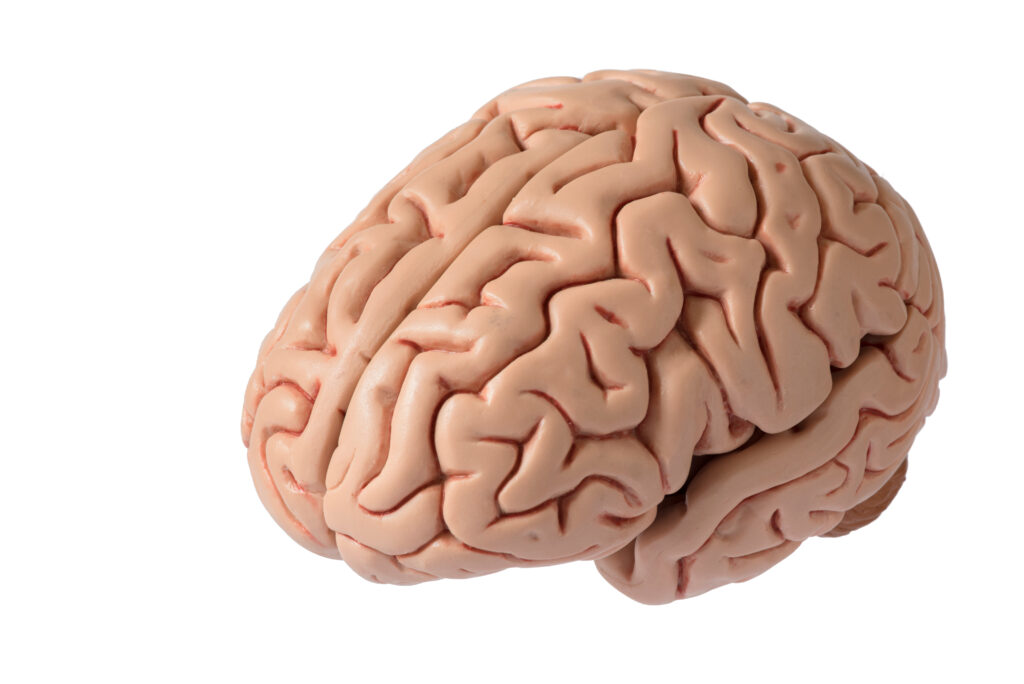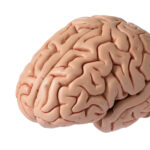### The Silent Threat of Over-Explaining: How It Drains Your Working Memory
When we try to teach or explain something, we often think that more information is better. However, this isn’t always the case, especially when it comes to working memory. Working memory is like a mental workspace where we hold information temporarily to perform tasks, reason, and understand new things. But it has a limited capacity, and over-explaining can drain this capacity, making it harder for people to remember and learn.
#### How Working Memory Works
Working memory is not just a simple storage space. It actively processes information, making connections between new and old knowledge. This process is crucial for learning and problem-solving. However, it can only hold a few pieces of information at a time. Research suggests that most adults can store about 7 ± 2 chunks of information in their working memory for a few seconds before they lose it again[2].
#### The Problem with Over-Explaining
When we over-explain something, we flood the learner’s working memory with too much information. This can lead to cognitive overload, where the brain becomes overwhelmed and struggles to process everything. Imagine trying to remember a long list of phone numbers or a complex recipe while someone is explaining it to you in detail. It’s hard to keep track of all the details, right?
#### Strategies to Avoid Over-Explaining
To avoid draining working memory, we need to use strategies that help learners manage the information better. Here are a few tips:
1. **Chunking**: Break down complex information into smaller, manageable chunks. For example, instead of explaining a long list of steps, break it down into smaller steps and focus on one at a time.
2. **Guided Practice**: Use guided practice to help learners focus on specific skills and knowledge. This means providing structured activities that narrow down the focus and offer feedback at each step.
3. **Formative Assessments**: Use formative assessments frequently to prompt learners to apply new content before it’s forgotten. This helps reinforce learning and reduces the load on working memory.
4. **Visual Aids**: Use visual aids like diagrams, charts, and images to help learners remember information more effectively. Visual information can be stored in the visuo-spatial sketchpad, one of the components of working memory[2].
5. **Repetition**: Repeat key information in different ways to help learners solidify it in their long-term memory. This reduces the load on working memory and makes it easier to recall later.
#### Conclusion
Over-explaining can be a silent threat to working memory, making it harder for people to learn and remember. By using strategies like chunking, guided practice, formative assessments, visual aids, and repetition, we can help learners manage the information better and avoid cognitive overload. Remember, sometimes less is more when it comes to explaining things. By being mindful of how much information we provide, we can support learners more effectively and help them achieve their full potential.


